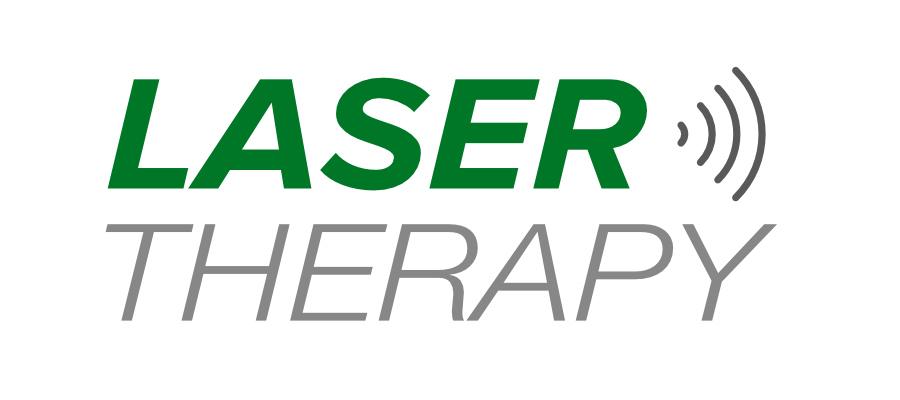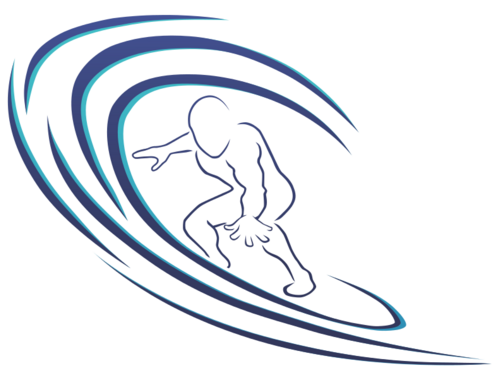Back pain is one of the most common reasons for patients to seek medical attention in the world. It has been estimated that over their lifetime, almost 40% of patients will develop one or more severe episodes of back pain for which they will seek medical treatment (1).
Only a small percentage of these patients will be diagnosed with conditions like severe scoliosis or nerve root compression, which would require surgery. The rest of these patients are left with back pain without an obvious, surgically treatable cause.
What causes back pain?

The back is composed of bony vertebrae joined by intervertebral discs and the facet joints. Arthritis involving the intervertebral discs or facet joints are two of the most common causes of arthritic back pain. In addition to these, muscle spasm of the back muscles or myofascial impingement can also lead to the development of chronic, achy back pain.
The most severe and medically concerning causes of low back pain involves compression of nerves and the spinal cord by herniated disc fragments or arthritic bone spurs. Luckily, these cases are rare compared to the more common causes of back pain, such as myofascial impingement (connective tissue pain) or inflammation of the intervertebral or facet joints.
Non-Surgical Options for Low Back Pain
The number of minimally invasive and non-invasive options to treat back pain can be dizzying!
Some examples of treatment include:
- epidural steroids
- trigger point injections
- oral muscle relaxers
- narcotic pain medications
This can be a confusing position for a patient. Where to start?
Most practitioners recommend beginning with non-invasive methods and, if pain relief is not experienced, to consider minimally invasive treatments.
Examples of non-invasive therapies include acupuncture, massage, the McKenzie Method, chiropractic manipulation, and physical therapy.
Low-Level vs. High-Intensity
The first clinical use of laser therapy was reported in the 1970s and involved using LLLT to promote wound healing (2). In laser therapy treatments for back pain, a laser diode is used as part of a non-invasive treatment plan targeting specific areas related to the patient’s back pain.
Low-level laser therapy (LLLT) is a relatively new form of non-invasive treatment for musculoskeletal pain. It involves the use of near-infrared and red-light lasers, which have lower associated energy than low-wavelength, blue-light lasers. These infrared lasers are meant to instill low levels of energy into tissues. This does not heat or cut them as is involved with some other forms of laser therapy in medicine. For that reason, LLLT is also known as ‘cold-laser’ therapy.
Another form of laser therapy is high-intensity laser therapy (HILT), which uses slightly more energy than LLLT. A quick refresher from physics reminds us that energy (joules) = power (watts) x time (seconds), and based on this, laser treatments that impart more than 0.5 watts of energy are generally considered HLLT. At PCSM, our practitioners prefer this form of laser therapy.
Although the exact mechanism through which laser therapy works is still being actively investigated in research labs across the country, previous studies have highlighted several of the involved pathways (3). It has been shown to change energy production in cells and even affect the cell’s inflammatory response (4,5).
Laser therapy has been proposed that these effects likely lead to a pro-healing environment with reduced inflammation.
Laser Therapy for Back Pain
The evidence regarding the application of laser therapy to the treatment of low back is numerous and growing.
Several studies have been completed, but because of the highly variable causes of back pain as well as the subjective nature of pain management, it is difficult to design one study to conclusively prove a treatment such as laser therapy is completely effective.*
A recent meta-analysis, or overview of multiple studies, dealing with LT for back pain found that when they pooled the results from 15 studies involving 1039 patients, LT led to an 8% improvement in pain level immediately (6). When assessed by patient type, these studies showed a more robust, 14% immediate improvement in pain if the patients who were being treated had been experiencing back pain for less than 30 months.
Another recent trial examined the effectiveness of LLLT in patients with back pain related to the intervertebral disc. This study found that in 49 of 50 enrolled patients, there was a significant improvement in disability scores, from an average of 50% before LLLT to 10% following a 12-week course of LLLT (7). Even more encouraging, the improvement was sustained over one and five years follow up visits, and 49 of 50 patients were able to avoid surgery!
Patients who underwent HLLT for low back pain showed significant improvements. A recent study that included 40 participants found that HLLT was more effective for pain relief than transcutaneous nerve stimulation (TENS) (8). Another study, which reviewed 10 randomized-controlled trials of HLLT for neck and back pain treatment, found that the results of the studies demonstrated that both HLLT alone and HLLT in combination with physical therapy were more effective than just physical therapy (9).
Is Laser Therapy right for me?
No one intervention is appropriate for every patient, and the first step in the successful treatment of back pain is careful assessment and evaluation by a medical provider. Laser therapy is a safe, non-invasive option for the treatment of back pain, and while the evidence is still developing*, it does appear to be an effective treatment for many types of low back pain.

With an excellent safety profile and the potential for the meaningful improvement of a debilitating disease, patients with back pain without neurologic symptoms should consider a trial of laser therapy early in their treatment for low back pain.
If you’re looking to address your low back pain non-invasively, give our office call and ask about laser therapy! Want to learn more about laser therapy? Click here!
References
1. Manchikanti L, Singh V, Falco FJE, Benyamin RM, Hirsch JA. Epidemiology of Low Back Pain in Adults. Neuromodulation Technol Neural Interface. 2014;17:3-10.
2. Mester E, Spiry T, Szende B, Tota JG. Effect of laser rays on wound healing. Am J Surg. 1971;122(4):532-535.
3. Chung H, Dai T, Sharma SK, Huang Y-Y, Carroll JD, Hamblin MR. The nuts and bolts of low-level laser (light) therapy. Ann Biomed Eng. 2012;40(2):516-533.
4. Karu T. Primary and secondary mechanisms of action of visible to near-IR radiation on cells. J Photochem Photobiol B Biol. 1999;49(1):1-17.
5. El Sayed SO, Dyson M. Effect of laser pulse repetition rate and pulse duration on mast cell number and degranulation. Lasers Surg Med. 1996;19(4):433-437.
6. Glazov G, Yelland M, Emery J. Low-Level Laser Therapy for Chronic Non-Specific Low Back Pain: A Meta-Analysis of Randomised Controlled Trials. Acupunct Med. 2016;34(5):328-341.
7. Ip D, Fu N-Y. Can intractable discogenic back pain be managed by low-level laser therapy without recourse to operative intervention? J Pain Res. May 2015:253.
*Due to the highly variable causes of back pain as well as the subjective nature of pain management, it is difficult to design one study to prove a treatment such as LLLT is completely effective in all cases of low back pain.

